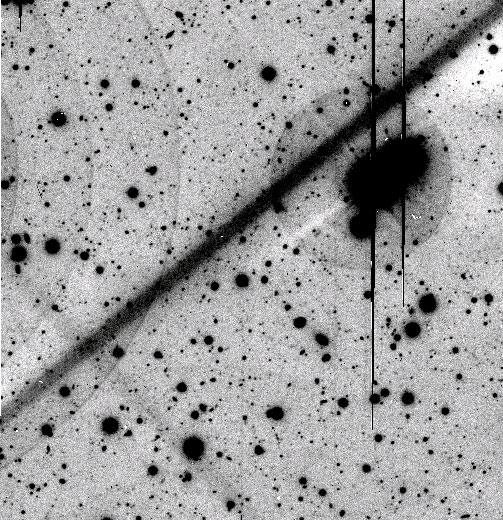'Shooting Star' Trails Narrower Than A Pencil Lead

Tinymeteors, typically no larger than a grain of sand, frequently bore hot tunnelsthrough Earth's air to leave behind thin, glowing trails of gas. We sometimessee them as dramatic "shootingstars."
The trailswere estimated to be narrower than a meter, but until now, more precisemeasurements have been impossible to make.
Turns outthey are amazingly thin compared to the light showthey create.
Meteortrails begin about 75 miles (120 km) above Earth's surface, a region that isnot typically focused on by ground-based telescopes or satellites.
Usingdetailed images, snapped by the Subaru Telescope at the Mauna Kea Observatoryin Hawaii and focused on this region of the upper atmosphere, astronomersmeasured the streaks to discover that they can be as thin as a few millimetersacross, or about as thin as a pencil lead. The measurements mark the first timea meteor track's width has been precisely measured solely using light emittedfrom the event.
The resultsof this study are detailed in a recent issue of the Publications of theAstronomical Society of Japan.
- Top 10 Perseid Meteor Shower Facts
- The Science of Meteor Showers
- All About Meteors
Breaking space news, the latest updates on rocket launches, skywatching events and more!
Dave Mosher is currently a public relations executive at AST SpaceMobile, which aims to bring mobile broadband internet access to the half of humanity that currently lacks it. Before joining AST SpaceMobile, he was a senior correspondent at Insider and the online director at Popular Science. He has written for several news outlets in addition to Live Science and Space.com, including: Wired.com, National Geographic News, Scientific American, Simons Foundation and Discover Magazine.
